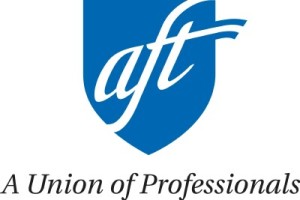The following article appears in its entirety in the Answer Sheet at washingtonpost.com
by Valerie Strauss
Sheri G. Lederman has been teaching for 17 years as a fourth-grade teacher in New York’s Great Neck Public School district. Her students consistently outperform state averages on math and English standardized tests, and Thomas Dolan, the superintendent of Great Neck schools, signed an affidavit saying “her record is flawless” and that “she is highly regarded as an educator.”
Yet somehow, when Lederman received her 2013-14 evaluation, which is based in part on student standardized test scores, she was rated as “ineffective.” Now she has sued state officials over the method they used to make this determination in an action that could affect New York’s controversial teacher evaluation system.
How is it that a teacher known for excellence could be rated “ineffective”?
The convoluted statistical model that the state uses to evaluate how much a teacher “contributed” to students’ test scores awarded her only one out of 20 possible points. These ratings affect a teacher’s reputation and at some point are supposed to be used to determine a teacher’s pay and even job status.
The evaluation method, known as value-added modeling, or VAM, purports to be able to predict through a complicated computer model how students with similar characteristics are supposed to perform on the exams — and how much growth they are supposed to show over time — and then rate teachers on how much their students compare to the theoretical students. New York is just one of the many states where VAM is one of the chief components used to evaluate teachers.
If it sounds as if it doesn’t make a lot of sense, that’s because it doesn’t. Testing experts have for years now been warning school reformers that efforts to evaluate teachers using VAM are not reliable or valid. But reformers, including Education Secretary Arne Duncan, have embraced the method as a “data-driven” evaluation solution championed by some economists. Earlier this year. the American Statistical Association issued a report slamming the use of VAM for teacher evaluation, saying in part:
*VAMs are generally based on standardized test scores and do not directly measure potential teacher contributions toward other student outcomes.
*VAMs typically measure correlation, not causation: Effects – positive or negative – attributed to a teacher may actually be caused by other factors that are not captured in the model.
Lederman filed her lawsuit against New York State Education Commissioner John King Jr., Assistant Commissioner Candace H. Shyer and the Office of State Assessment of the New York State Education Department, challenging the rationality of the VAM model being used to evaluate her and, by extension, other teachers. The suit alleges that the New York State Growth Measures “actually punishes excellence in education through a statistical black box which no rational educator or fact finder could see as fair, accurate or reliable.”








Comments are closed.